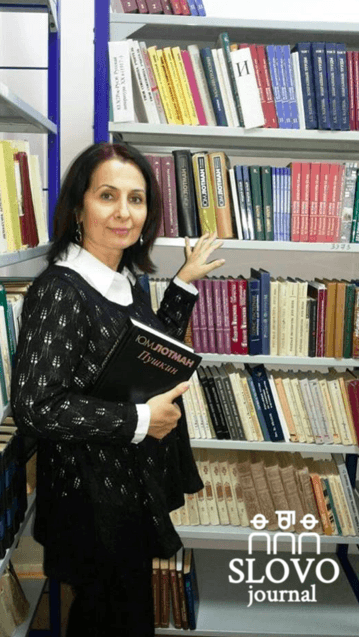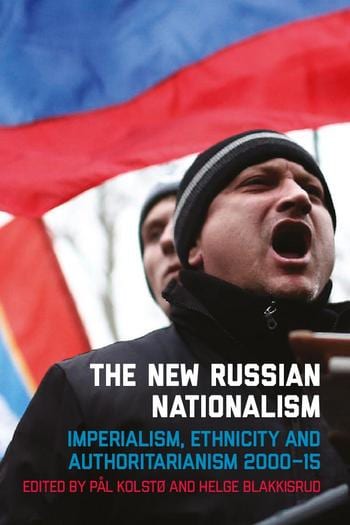Andreea Mironescu: Quiet Voices, Faded Photographs
By Borimir S Totev, on 3 August 2017

Andreea Mironescu, author of ‘Quiet Voices, Faded Photographs: Remembering the Armenian Genocide in Varujan Vosganian’s The Book of Whispers’.
Andreea has been a Researcher at the Department of Interdisciplinary Research in Social Sciences and Humanities, “Alexandru Ioan Cuza” University of Iasi, Romania since 2013. She obtained a PhD in Philology in 2012. Andreea has also been a postdoctoral fellow of the Romanian Academy during 2014 and 2015, with a focus on the theme of the relationship between literature and cultural memory in post-Communist Romania. She is currently an invited researcher in the project “Erinnern and Vergessen in Posttotalitarismus: Kulturelles Gedächtnis–Ästhetisches Erinnern” (Remembering and Forgetting in Posttotalitarianism: Cultural Memory-Aesthetic Remembrance), Humboldt University of Berlin. Her domains of interest are Romanian modern and contemporary literature, post-Communism, memory studies, and East-Central European literary cultures.
Drawing on concepts such as post-genocide literature, postmemory (Marianne Hirsch), and resonance (Aleida Assmann), Andreea’s article discusses a third-generation narrative of the Armenian genocide, namely Varujan Vosganian’s novel The Book of Whispers, originally published in Romania in 2009. The first section of the paper examines whether the concepts of post-genocide literature and diasporic literature (Peeromian) can be applied to authors of Armenian origins writing inside the literary traditions of East-Central European national cultures. The second section analyses the literary techniques of inter-generational memory transmission in Vosganian’s novel. Particular attention is paid to the way in which family and documentary photos are employed in the novel, and three functions of photographs are discussed in relation with autobiographical memory, historical representation, and literary aesthetics. The third part of the paper uses Assmann’s concept of resonance to investigate how the Armenian genocide narratives are linked with other traumatic events such as the Holocaust, the mass deportations in the Soviet Gulag, or the political repression in Romanian totalitarianism, thus reshaping the European memory of violence.
The article ‘Quiet Voices, Faded Photographs: Remembering the Armenian Genocide in Varujan Vosganian’s The Book of Whispers’ by Andreea Mironescu (The Department of Interdisciplinary Research in Social Sciences and Humanities, ‘Alexandru Ioan Cuza’ University of Iasi) was published in SLOVO Journal, VOL 29.2, and can be read in full here.
Posted by Borimir Totev, Executive Editor of SLOVO Journal
 Close
Close







